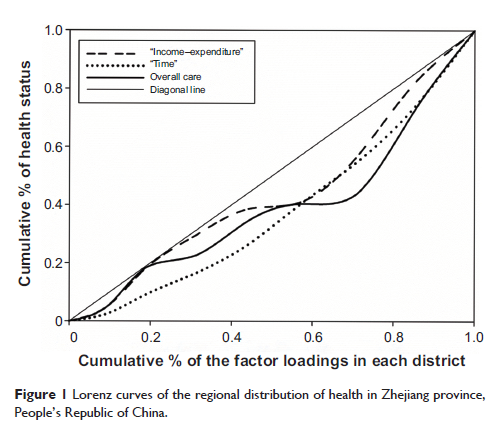109229
论文已发表
注册即可获取德孚的最新动态
IF 收录期刊
- 3.4 Breast Cancer (Dove Med Press)
- 3.2 Clin Epidemiol
- 2.6 Cancer Manag Res
- 2.9 Infect Drug Resist
- 3.7 Clin Interv Aging
- 5.1 Drug Des Dev Ther
- 3.1 Int J Chronic Obstr
- 6.6 Int J Nanomed
- 2.6 Int J Women's Health
- 2.9 Neuropsych Dis Treat
- 2.8 OncoTargets Ther
- 2.0 Patient Prefer Adher
- 2.2 Ther Clin Risk Manag
- 2.5 J Pain Res
- 3.0 Diabet Metab Synd Ob
- 3.2 Psychol Res Behav Ma
- 3.4 Nat Sci Sleep
- 1.8 Pharmgenomics Pers Med
- 2.0 Risk Manag Healthc Policy
- 4.1 J Inflamm Res
- 2.0 Int J Gen Med
- 3.4 J Hepatocell Carcinoma
- 3.0 J Asthma Allergy
- 2.2 Clin Cosmet Investig Dermatol
- 2.4 J Multidiscip Healthc

已发表论文
医疗保险的覆盖率是否可以减少需要长期护理的老年患者的收入差距?以中华人民共和国为例
Authors Zhang ZY, Wang JB, Jin MJ, Li M, Zhou LT, Jing FY, Chen K
Published Date May 2014 Volume 2014:9 Pages 771—777
DOI http://dx.doi.org/10.2147/CIA.S58771
Received 5 December 2013, Accepted 20 February 2014, Published 8 May 2014
Background: The People’s Republic of China’s population is aging rapidly, partly because of the impact of the one-child policy and improvements in the health care system. Caring for bedridden seniors can be a challenge for many families in the People’s Republic of China.
Objective: To identify the inequality of income among different age groups and social statuses, and evaluate the medical burden and health insurance compensation in the People’s Republic of China.
Methods: We measured income inequality and insurance compensation levels among bedridden patients in Zhejiang province, People’s Republic of China. Factor analysis and Gini coefficients were used to evaluate degree of income inequality and insurance compensation level.
Results: We found distinct regional disparities in Zhejiang province, including the aspects of income, expenses, and time. Gini coefficients of older adults with long-term care needs in urban and rural areas were 0.335 and 0.602, respectively. In all age groups, Gini coefficients increased after adjustment for medical expenditures, and the inequality persisted after insurance reimbursement was taken into consideration.
Conclusion: A significant income disparity between rural and urban areas was observed. Inequality increased with age, and medical expenditure is a huge burden for older people with long-term care needs. Health insurance does not play an important role in reducing inequalities among patients who need long-term care services.
Keywords: Gini coefficient, bedridden, long-term care, insurance
Objective: To identify the inequality of income among different age groups and social statuses, and evaluate the medical burden and health insurance compensation in the People’s Republic of China.
Methods: We measured income inequality and insurance compensation levels among bedridden patients in Zhejiang province, People’s Republic of China. Factor analysis and Gini coefficients were used to evaluate degree of income inequality and insurance compensation level.
Results: We found distinct regional disparities in Zhejiang province, including the aspects of income, expenses, and time. Gini coefficients of older adults with long-term care needs in urban and rural areas were 0.335 and 0.602, respectively. In all age groups, Gini coefficients increased after adjustment for medical expenditures, and the inequality persisted after insurance reimbursement was taken into consideration.
Conclusion: A significant income disparity between rural and urban areas was observed. Inequality increased with age, and medical expenditure is a huge burden for older people with long-term care needs. Health insurance does not play an important role in reducing inequalities among patients who need long-term care services.
Keywords: Gini coefficient, bedridden, long-term care, insurance
